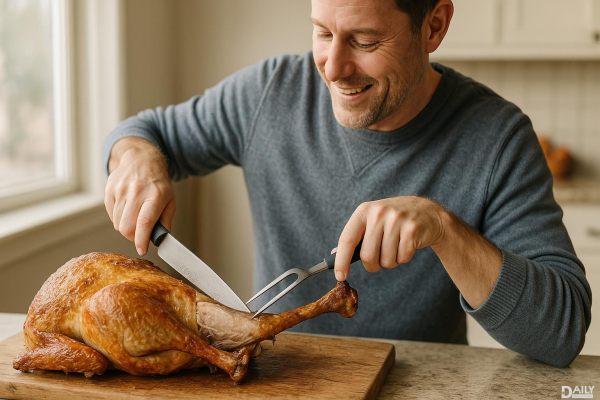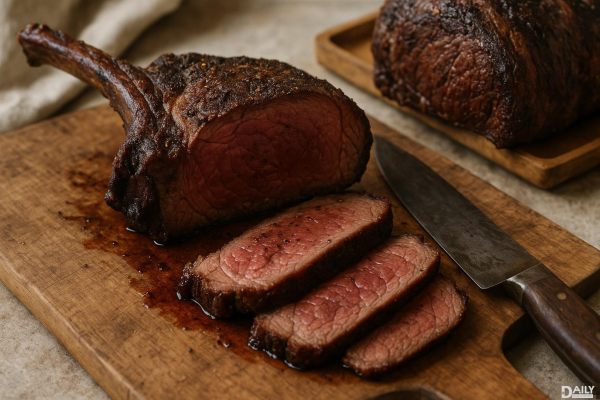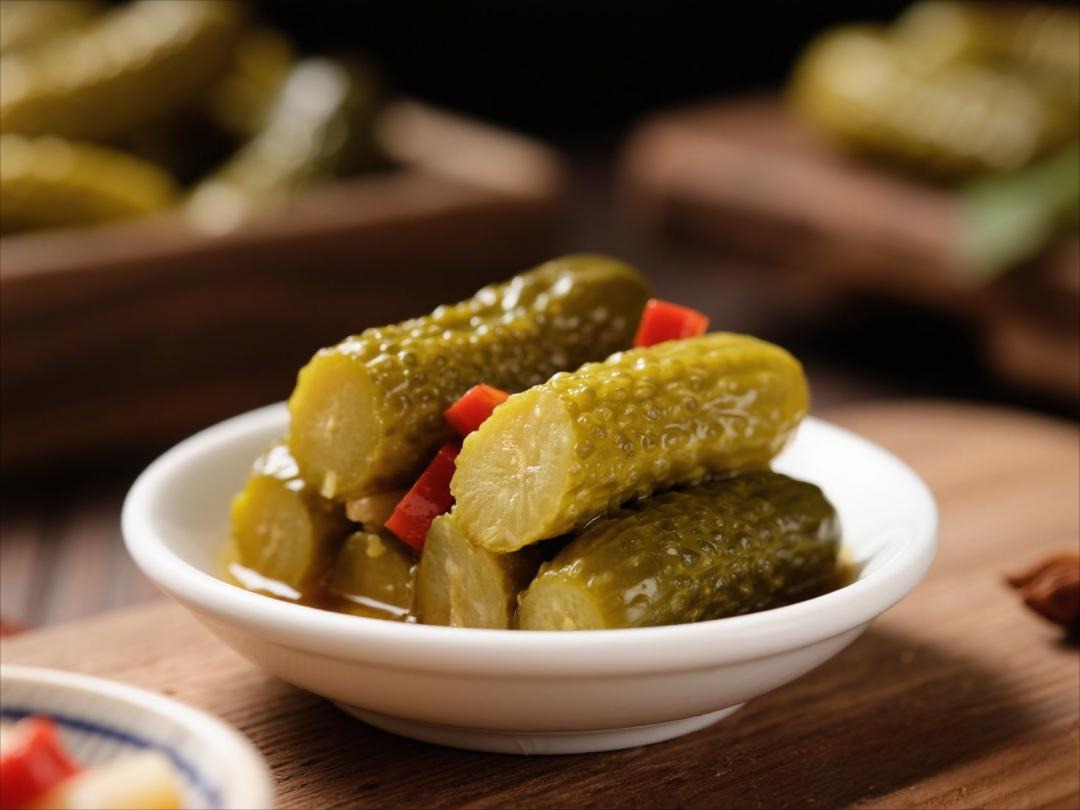If you want the juiciest turkey leg, the secret isn't just in the cooking—it's in the carving. A perfectly carved turkey leg means tender, succulent meat that doesn't dry out, and it all comes down to technique. Forget hacking away at the bird like it's a medieval feast; precision and patience are your best friends here. Let’s break down how to carve that leg like a pro, so you get maximum flavor in every bite.

The turkey leg is often overlooked in favor of the breast, but that’s a rookie mistake. Dark meat lovers know the leg is where the real flavor lives—rich, moist, and packed with collagen that melts into juicy goodness when cooked right. But if you carve it wrong, you risk losing all that moisture or, worse, ending up with a stringy, chewy mess. The key? Understanding the anatomy. The leg consists of the drumstick and thigh, connected by a joint. Knowing where to cut ensures you don’t fight the bone and lose precious juices.
Before you even touch the turkey, make sure you’ve got the right gear. A sharp carving knife is non-negotiable—dull blades tear meat instead of slicing cleanly. A sturdy fork or pair of tongs helps stabilize the bird while you work. And don’t forget a cutting board with a groove to catch juices (because nobody wants a slippery countertop disaster). Pro tip: Let the turkey rest for 20-30 minutes after roasting. This allows the juices to redistribute, so they stay in the meat instead of spilling out when you carve.
First, locate the joint where the thigh meets the body. Gently pull the leg away from the turkey until you see the joint clearly. Slide your knife through the natural seam—no sawing required. Once the leg is free, separate the drumstick from the thigh by finding the connecting joint and cutting cleanly through it. Now, for the juiciest slices: carve the thigh meat against the grain in even, thick slices. For the drumstick, either serve it whole (great for presentation) or remove the meat by making vertical cuts along the bone. The goal? Keep those juices locked in.
Carving too soon is the biggest offense—slicing into a piping-hot turkey sends all the juices running onto the cutting board. Another blunder? Cutting with the grain instead of against it, which makes the meat tougher. And for the love of Thanksgiving, don’t use a serrated knife; it shreds the meat instead of giving you clean, restaurant-quality slices. Finally, avoid hacking at the leg blindly. If you hit bone, adjust your angle instead of forcing it. Brutality leads to dry, mangled meat.
Now that you’ve got perfectly carved turkey leg, presentation matters. Arrange slices on a warm platter, drizzle with a bit of pan juices, and garnish with herbs for a professional touch. If you’re serving drumsticks whole, consider a quick glaze (honey mustard or bourbon BBQ works wonders) for extra flavor and shine. And here’s a pro move: keep the carved meat covered loosely with foil to retain heat without steaming it into mush. Your guests will think you hired a chef.
Mastering the art of carving the turkey leg isn’t just about technique—it’s about respecting the meat. With the right tools, timing, and a little finesse, you’ll get juicy, flavorful results every time. So next time you’re facing a golden-brown bird, channel your inner butcher and carve with confidence. Your taste buds (and your dinner guests) will thank you.
























